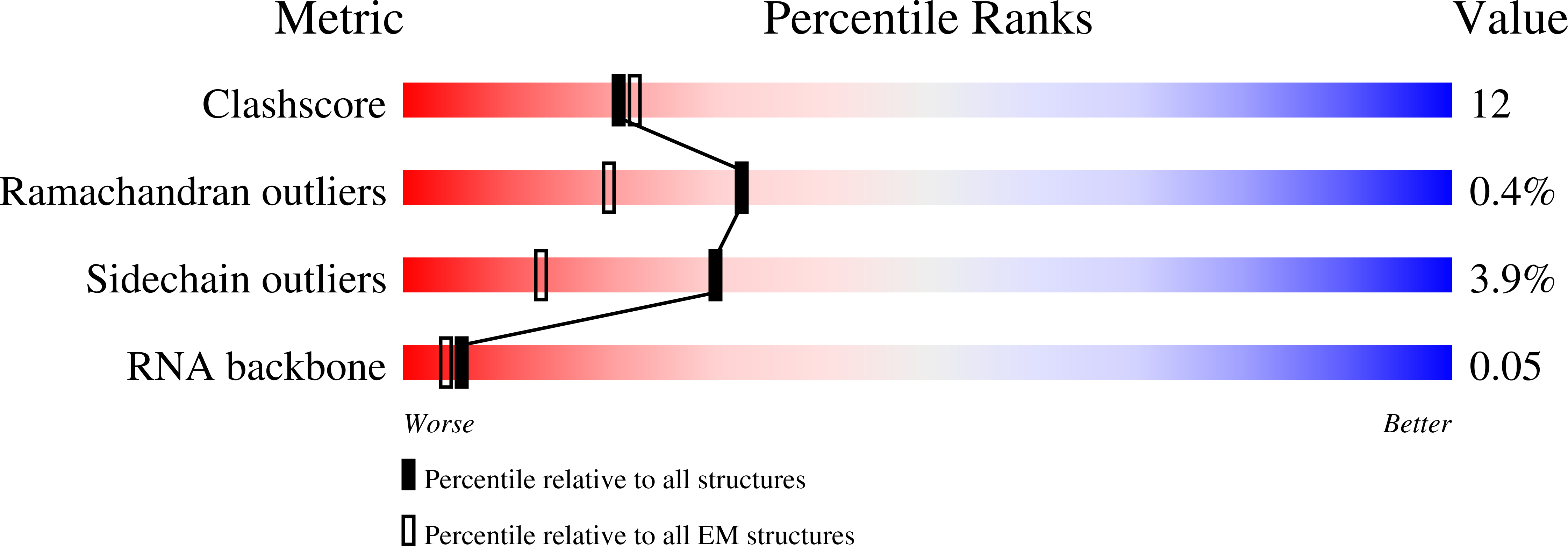
Deposition Date
2024-06-04
Release Date
2025-05-14
Last Version Date
2025-05-28
Entry Detail
PDB ID:
9C4H
Keywords:
Title:
Double helical structure of influenza D RNP complex
Biological Source:
Source Organism:
Influenza D virus (Taxon ID: 1511084)
Host Organism:
Method Details:
Experimental Method:
Resolution:
8.60 Å
Aggregation State:
PARTICLE
Reconstruction Method:
HELICAL


